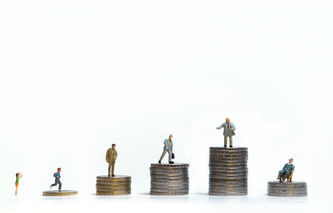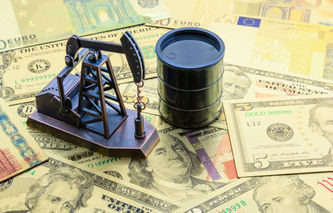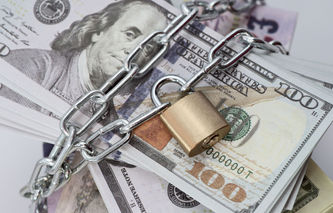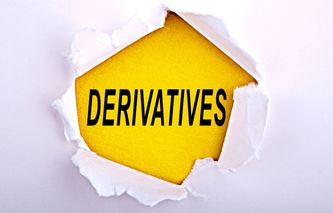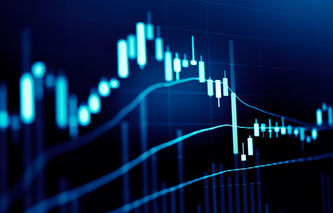Definition
The term daily trading limit refers to the maximum range a derivative contract is permitted to trade in any one daily session. Daily trading limits are established by the exchange to protect against market manipulation.
Explanation
The allowable price range a derivative contract can trade is referred to as its daily trading limit. These limits apply to both futures and options contracts. If a contract reaches either the minimum or maximum limit, it cannot be traded until the next scheduled trading day. Daily trading limits were created to limit extreme volatility, which can be detrimental to a market that relies on leverage.
While some analysts believe daily trading limits help to control the volatility in a market and increase investor confidence, others believe these limits create an artificial barrier to the market's true valuation of the derivative. Organizations such as the Chicago Board of Trade are responsible for establishing and maintaining daily trading limits for the various contracts traded on their exchange.
Example
Let's say an exchange establishes a daily trading limit of $0.40 per bushel of corn and the current contract price for a bushel of corn is $3.70. If the price of a bushel of corn for this contract falls to $3.30 ($3.70 - $0.40), or increases to $4.10 ($3.70 + $0.40), then trading is immediately halted on that contract until the next trading session.

